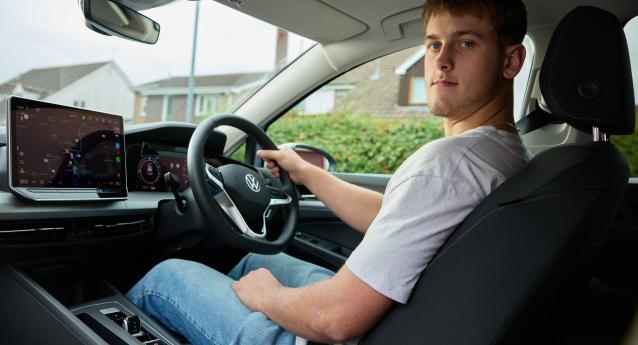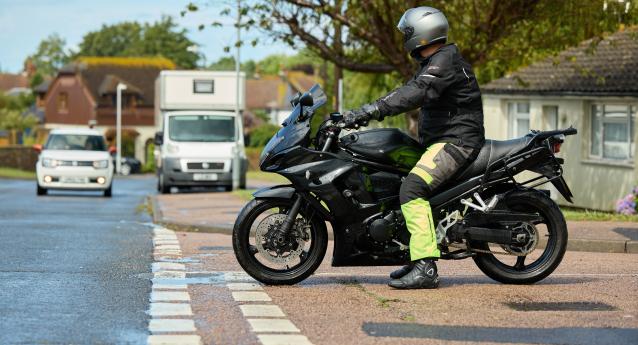Road safety
Cumbria Fire & Rescue Service attends road traffic accidents on the county's roads. We aim to contribute to raising road safety awareness and have a positive impact on the number of people killed and seriously injured on the roads.
Every year we attend hundreds of road traffic collisions, rescuing drivers and their passengers and providing emergency first aid and trauma care.
Road traffic collisions can be devastating, not only to those involved, but to their friends and loved ones.
We want you to be safe when driving around the area, so follow the advice below to reduce the risk of being involved in a road traffic collision.
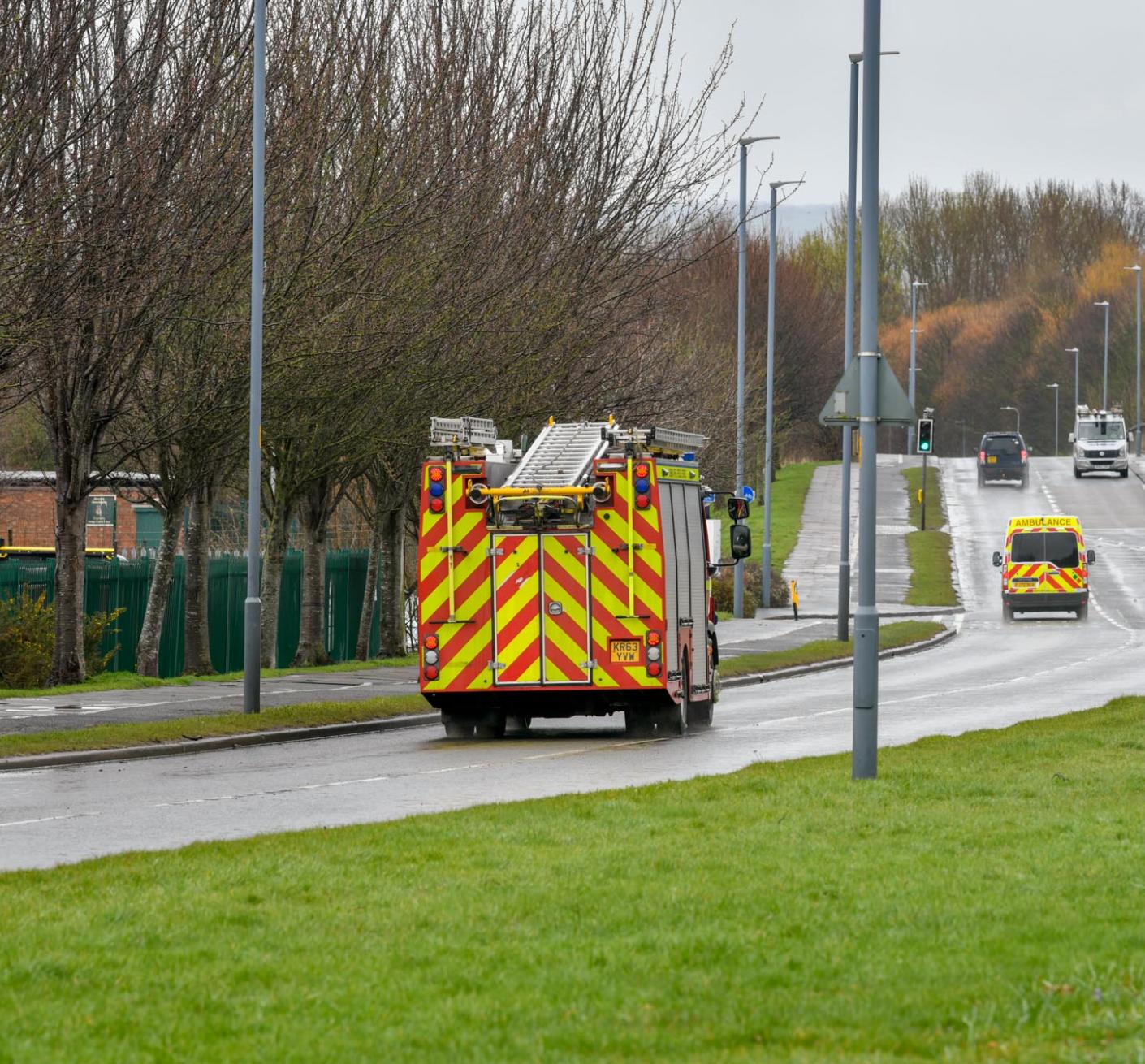
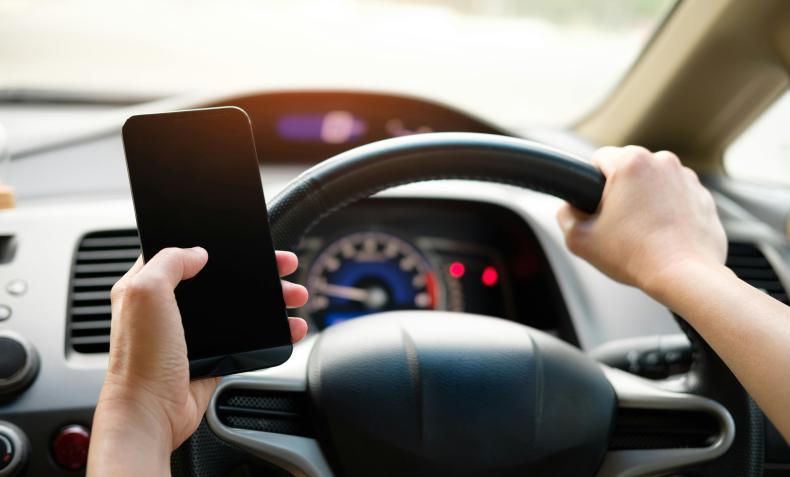
Mobile phone use
Never use your mobile phone while driving – it’s a distraction.
- Driving reaction times can be up to 50 per cent slower
- Your are FOUR TIMES more likely to be involved in a collision
- Stay safe and turn off your phone while driving
Penalties for driving when using a mobile phone can include:
- Minimum six points on your licence
- a fine of £200, and
- up to two years' imprisonment, plus
- if you have passed your test in the last two years, you will lose your licence
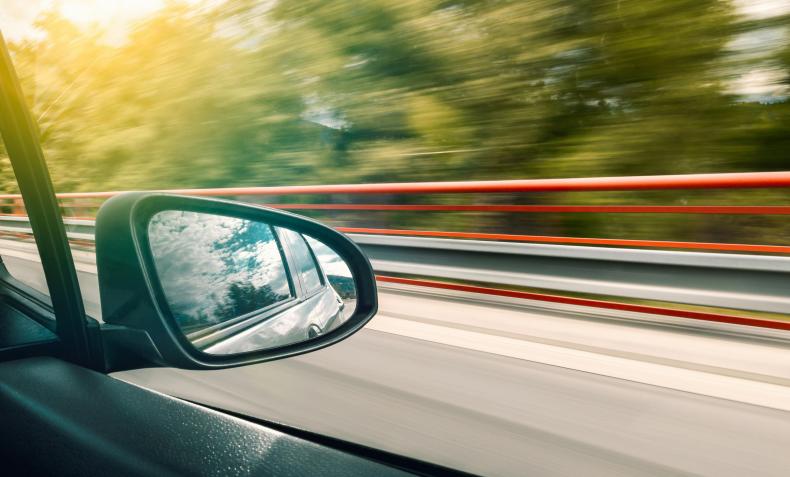
Speeding
Speed is one of the main factors in fatal road collisions. Do not exceed speed limits – and don’t treat limits as a target.
If you hit a pedestrian while driving at:
- 20mph – the pedestrian has a 95 per cent chance of survival
- 30mph – survival chance is 80 per cent
- 40mph – survival chance is 20 per cent
Fatal collisions are four times as likely on rural roads as urban roads.
The minimum penalty for speeding is a Band A fine (50 per cent of your relevant weekly income) and three penalty points added to your licence.
You could be disqualified from driving if you build up 12 or more penalty points within a period of three years.
If you have passed your test in the last two years and you build up six points or more, you will lose your licence.
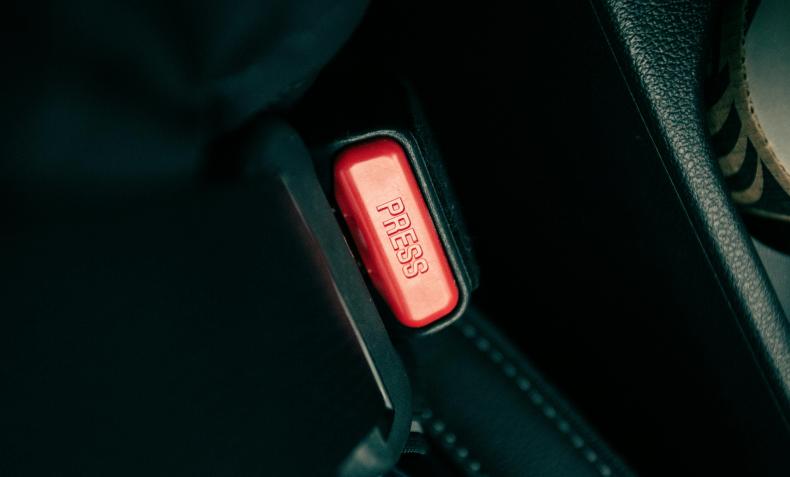
Not wearing a seatbelt
Wear a seatbelt – you’re twice as likely to die in a crash without one
In a 30mph crash, a rear seat passenger will hit the front seat and anyone in it, with the force around 10 times their own body weight.
Compensation injury payments are reduced if the seatbelt was not worn.
People who choose to risk their live by not wearing a seatbelt could receive a £100 fixed penalty notice or be summoned to court to face fines up to £500.
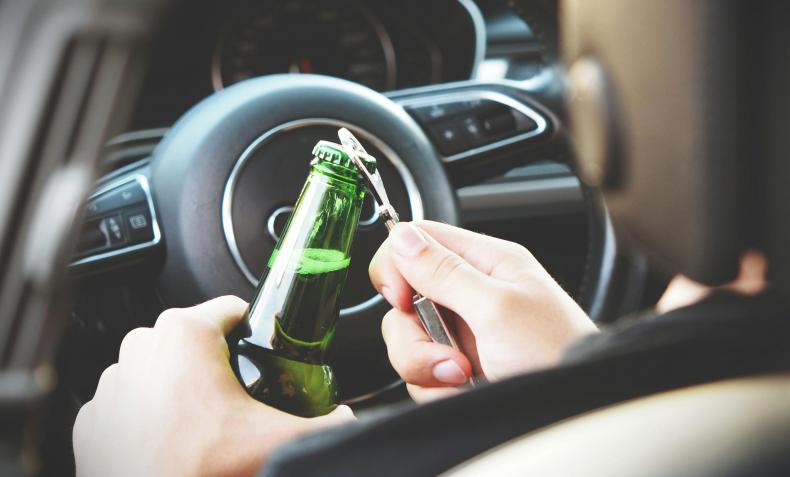
Drink and drug driving
If you’re driving, avoid any alcohol or drugs – they can impair your judgement and reaction times.
When driving over the legal limit, driver reaction times can be up to 30 per cent slower.
- One in six fatal collisions involve drivers over the legal limit to drive
- One in five fatal collisions involve a drug driver
Driving or attempting to drive while above the legal limit or unfit through drink or drugs carries a maximum penalty of six months' imprisonment, a fine of up to £5,000 and a minimum 12 months driving ban.
An endorsement for a drink-driving offence remains on a driving licence for 11 years, so it is 11 years before a convicted driver will have a 'clean' licence again.
Proud to support Driving for Better Business
Cumbria Fire & Rescue Service is proud to support Driving for Better Business, a National Highways programme to help employers in both the private and public sectors reduce work-related road risk, control the associated costs and improve compliance with current legislation and guidance.


